
Filter News
Area of Research
- (-) Energy Science (88)
- (-) National Security (21)
- Advanced Manufacturing (5)
- Biological Systems (1)
- Biology and Environment (44)
- Computational Biology (2)
- Computational Engineering (2)
- Computer Science (3)
- Electricity and Smart Grid (3)
- Functional Materials for Energy (1)
- Fusion and Fission (8)
- Fusion Energy (2)
- Isotope Development and Production (1)
- Isotopes (8)
- Materials (92)
- Materials Characterization (1)
- Materials for Computing (16)
- Materials Under Extremes (1)
- Mathematics (1)
- Neutron Science (42)
- Nuclear Science and Technology (6)
- Quantum information Science (1)
- Sensors and Controls (2)
- Supercomputing (47)
- Transportation Systems (1)
News Topics
- (-) Biomedical (7)
- (-) Clean Water (8)
- (-) Coronavirus (14)
- (-) Grid (43)
- (-) Materials Science (29)
- (-) Security (15)
- 3-D Printing/Advanced Manufacturing (81)
- Advanced Reactors (7)
- Artificial Intelligence (19)
- Big Data (11)
- Bioenergy (28)
- Biology (14)
- Biotechnology (5)
- Buildings (38)
- Chemical Sciences (14)
- Composites (17)
- Computer Science (41)
- Critical Materials (9)
- Cybersecurity (25)
- Energy Storage (71)
- Environment (59)
- Exascale Computing (2)
- Fossil Energy (2)
- Frontier (2)
- Fusion (2)
- High-Performance Computing (10)
- Hydropower (3)
- Isotopes (1)
- Machine Learning (18)
- Materials (36)
- Mathematics (2)
- Mercury (3)
- Microelectronics (1)
- Microscopy (8)
- Molten Salt (1)
- Nanotechnology (9)
- National Security (37)
- Neutron Science (15)
- Nuclear Energy (11)
- Partnerships (16)
- Physics (2)
- Polymers (11)
- Quantum Science (3)
- Simulation (4)
- Space Exploration (3)
- Statistics (1)
- Summit (6)
- Transportation (68)
Media Contacts

ORNL and Tuskegee University have formed a partnership to develop new biodegradable materials for use in buildings, transportation and biomedical applications.
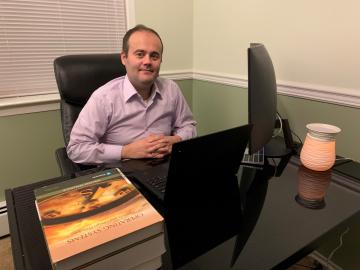
Having co-developed the power electronics behind ORNL’s compact, high-level wireless power technology for automobiles, Erdem Asa is looking to the skies to apply the same breakthrough to aviation.
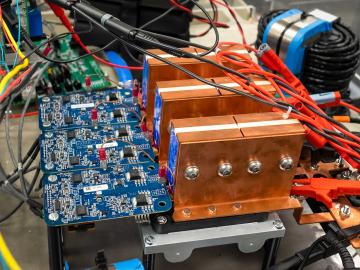
ORNL has licensed its wireless charging technology for electric vehicles to Brooklyn-based HEVO. The system provides the world’s highest power levels in the smallest package and could one day enable electric vehicles to be charged as they are driven at highway speeds.
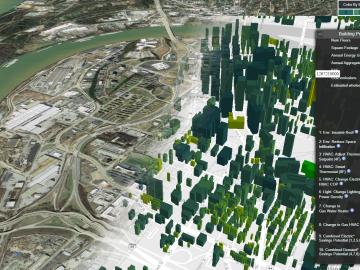
A new tool that simulates the energy profile of every building in America will give homeowners, utilities and companies a quick way to determine energy use and cost-effective retrofits that can reduce energy and carbon emissions.
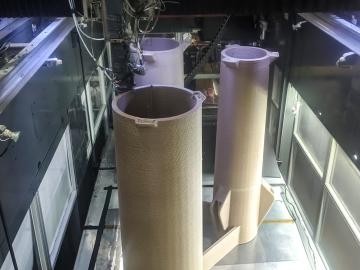
A team of researchers at Oak Ridge National Laboratory demonstrated the ability to additively manufacture power poles from bioderived and recycled materials, which could more quickly restore electricity after natural disasters.
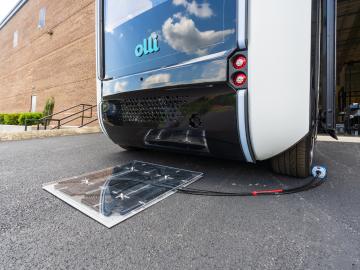
Oak Ridge National Laboratory researchers demonstrated their wireless charging technology on an autonomous electric vehicle for the first time in a project with Local Motors.

Scientists at Oak Ridge National Laboratory have developed a solvent that results in a more environmentally friendly process to recover valuable materials from used lithium-ion batteries, supports a stable domestic supply chain for new batteries

Deborah Frincke, one of the nation’s preeminent computer scientists and cybersecurity experts, serves as associate laboratory director of ORNL’s National Security Science Directorate. Credit: Carlos Jones/ORNL, U.S. Dept. of Energy
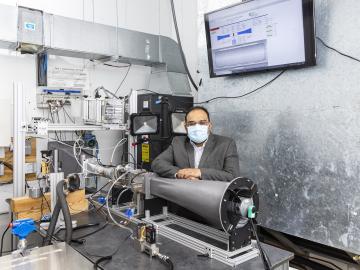
When Kashif Nawaz looks at a satellite map of the U.S., he sees millions of buildings that could hold a potential solution for the capture of carbon dioxide, a plentiful gas that can be harmful when excessive amounts are released into the atmosphere, raising the Earth’s temperature.

Researchers at Oak Ridge National Laboratory have identified a statistical relationship between the growth of cities and the spread of paved surfaces like roads and sidewalks. These impervious surfaces impede the flow of water into the ground, affecting the water cycle and, by extension, the climate.


